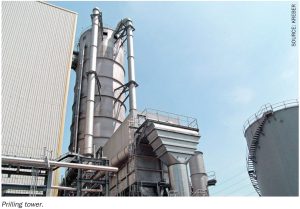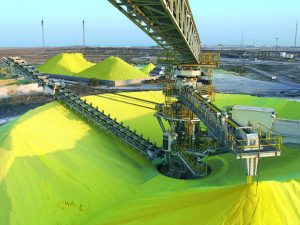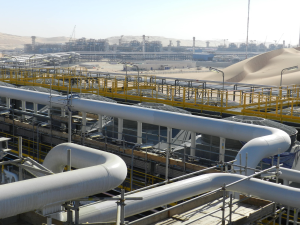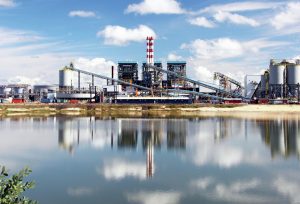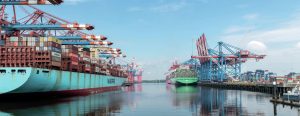
Advances in sulphur dust suppression and acidity control
Although elemental sulphur is relatively non-toxic, it presents significant risks when stored or transported. DuBois Chemicals Canada highlights advancements in both dust suppression and acidity control, including the development of novel agents designed specifically for use with elemental sulphur.

